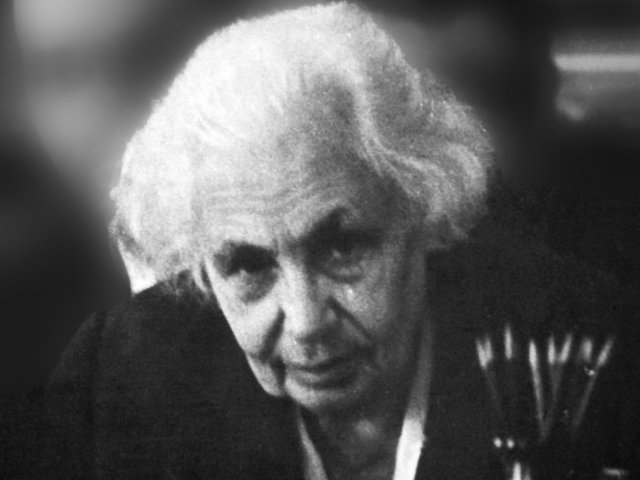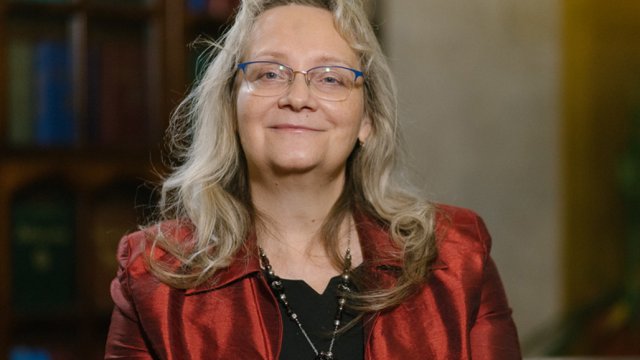Official:
Gennady Ivanovich Nevelskoy. November 23 (December 5), 1813 — April 17 (29), 1876. Explorer of the Far East. Full member of the Imperial Russian Geographical Society. “Turned” Sakhalin into an island.
Life and Work:
1. “He was an energetic, vigorous man. He was educated, intelligent, humane and selfless. He had strict morals. He was imbued with the idea of serving his country and exploring new lands and was fanatically devoted to it,” Anton Pavlovich Chekhov described Nevelskoy.
2. The future admiral and explorer of the Far East was born in the village of Drakino in the province of Kostroma, which does not have any access to the sea, in the family of hereditary naval officer Ivan Alekseevich Nevelskoy. His mother, Feodosia Timofeevna, from the old noble family of the Polozovs got quite a temper and even was on trial for her inhumane attitude to serfs.
3. Almost the entire Nevelskoy’s family from the time of Peter the Great served in the Navy. Gennady followed the family tradition as well: in 1829, he entered the Naval Cadet Corps. At that time, it was headed by Ivan Krusenstern, and the cadets dreamed of traveling around the world and geographical discoveries. The dreams of many, including Nevelskoy, came true.
4. Being not tall but strong, Gennady stood out among his classmates with his passion for learning, an aptitude for mathematics and a restless temper. He was nicknamed “Archimedes” and “Furious Gennady.”
5. The geography of the Far East attracted midshipman Nevelskoy. But first he had to finish the Naval Cadet Corps, and, after the graduation, the Officer Class – the prototype of the future Naval Academy, where midshipman Nevelskoy was enrolled among the best graduates of the corps.
6. Lieutenant Gennady Nevelskoy was assigned to the squadron of Admiral Fyodor Litke. In those years, the young Tsarevich Konstantin, the son of Emperor Nicholas I, was under the care of Admiral Litke. Nevelskoy became a watch officer under His Highness Grand Duke Konstantin Nikolaevich and for many years was his mentor. Historians believe that Nevelskoy somehow saved the prince’s life, and this fact was the reason that the emperor forgave the explorer of the Far East for self-will and arbitrariness.
7. Nevelskoy, who had reached the rank of lieutenant commander, asked to be appointed commander of the Baikal ship, which was to go with cargo to Kamchatka. He pursued the goal of research rather than promoting his career. It was then that he decided to go on an expedition without permission. He wanted to prove that it was possible to enter the mouth of the Amur River from the sea. Previously, it was believed that at the mouth of the Amur it breaks up into small arms and is lost in the sands.
8. Before Nevelskoy, the possibility of navigation in the Amur delta had already been explored – previously, an expedition of a Russian-American company tried to do this. But they got lost and never got to the mouth of the Amur River. It was reported to the emperor. He wrote with his own hand: “The issue of the Amur, as a useless river, should be set aside.” “The case of the Amur River” was considered closed forever, but Furious Gennady prevented the change in the course of history.
9. Nevelskoy enlisted the support of the governor of Eastern Siberia, Nikolay Nikolaevich Muravyov, who later received the title of Count Amursky, and on August 21, 1848, without having the emperor’s permission, sailed from Kronstadt on the western route, that is, through Portsmouth, Rio de Janeiro, Cape Horn, Valparaiso and the Hawaiian Islands, to Petropavlovsk-Kamchatsky. But even upon his arrival in Kamchatka, Gennady Ivanovich still did not receive permission from the emperor to make an expedition.
10. During the three summer months of 1849, Gennady Nevelskoy explored Sakhalin and the Amur Estuary without any permission, and entered the mouth of the Amur River on a rowboat. After leaving the river, he headed south and made his most significant geographical discovery — he discovered the strait that now bears his name. So Nevelskoy proved that Sakhalin is an island.
11. The report on the discoveries reached St. Petersburg, and his initiative was not punished, but even encouraged: Nevelskoy was promoted to 2nd rank captain, and soon after that, to captain 1st rank. The explorer was sent to the disposal of N. N. Muravyov, but he was forbidden to lay a settlement at the mouth of the Amur River.
12. With the full support of Muravyov, Nevelskoy violated the highest prohibition and founded the Nikolayevsky Post on the Kuegda Cape at the mouth of the Amur, which later became Nikolayevsk-on-Amur. For his act of insubordination, Nevelsky was almost demoted to a sailor, but Muravyov proved to the emperor that the researcher’s actions were timely and important. “Where the Russian flag is once raised, it should not go down,” the emperor said, and awarded Nevelskoy the Order of St. Vladimir 4th class.
13. In 1851, the Nevelskoy expedition was officially recognized as the Amur Expedition, and until 1856, Gennady Ivanovich and his subordinates explored the shores of the Amur, the Amur Estuary and the Tatar Strait, the Amur and Ussuri regions, and the island of Sakhalin.
14. Sometimes Nevelskoy acted contrary to the instructions from St. Petersburg, and not only because they came with a long delay. He explained the reasons with his own hand: “I had to and now have to do one of two things: either, acting according to the instructions, to lose forever for Russia such important regions as the Amur and the Ussuri, or to act independently, adapting to local circumstances and disagreeing with the instructions given to me. I have chosen the latter.”
15. In 1851, already married, Nevelskoy went on an official Amur expedition. In marriage with Ekaterina Yelchaninova, 4 daughters and a son were born. Now the descendants of the explorer live in Russia, France, Brazil, and the United States.
16. After returning from the Far East, Gennady Nevelskoy no longer participated in sea voyages and scientific expeditions. The rest of his life he devoted to work on the collected materials and maps, wrote with the active participation of his wife the book The Exploits of Russian Naval Officers in the Far East of Russia 1849-1855, which was published after the death of Admiral Nevelskoy.
17. The merits of Nevelsky are not forgotten – the bay, the strait, and the port city on Sakhalin are named after him. Monuments to the admiral-explorer are installed in Vladivostok, Nikolayevsk-on-Amur, Korsakov, Yuzhno-Sakhalinsk and in the Ivanovo region near Rogozinikha — the former estate of the Nevelskoy family.






















